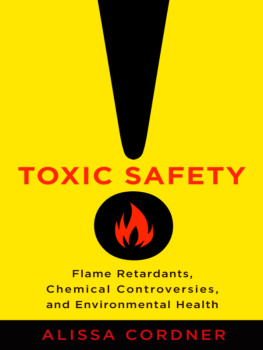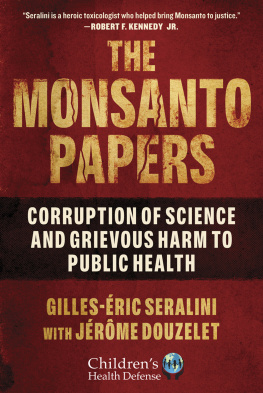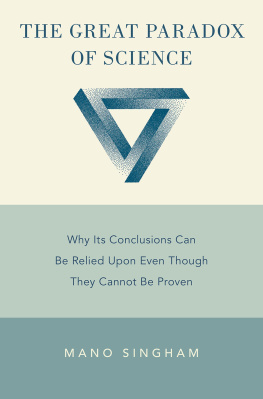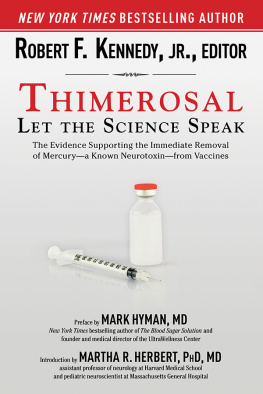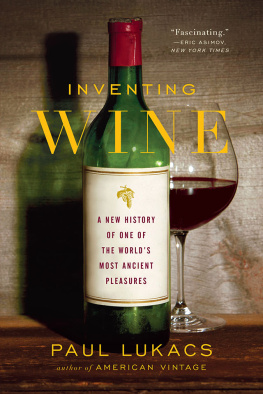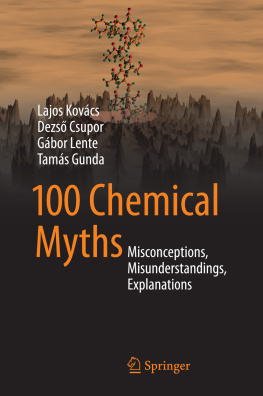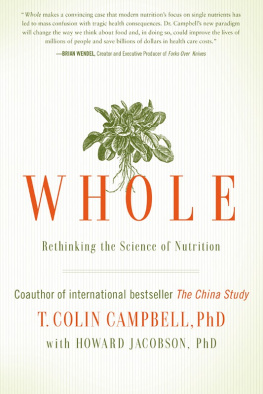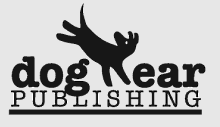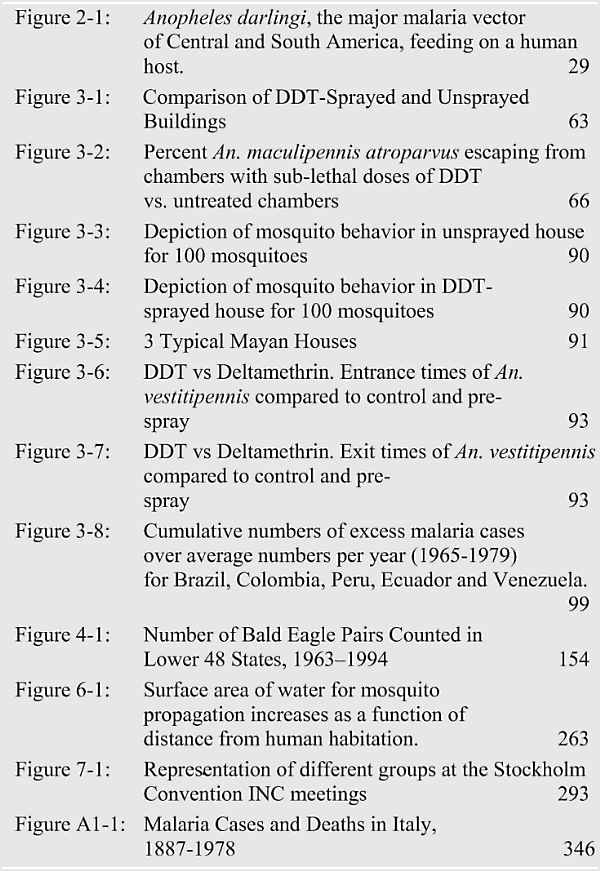Donald Roberts - The Excellent Powder: DDT’s Political and Scientific History
Here you can read online Donald Roberts - The Excellent Powder: DDT’s Political and Scientific History full text of the book (entire story) in english for free. Download pdf and epub, get meaning, cover and reviews about this ebook. year: 2010, publisher: Dog Ear Publ., genre: Romance novel. Description of the work, (preface) as well as reviews are available. Best literature library LitArk.com created for fans of good reading and offers a wide selection of genres:
Romance novel
Science fiction
Adventure
Detective
Science
History
Home and family
Prose
Art
Politics
Computer
Non-fiction
Religion
Business
Children
Humor
Choose a favorite category and find really read worthwhile books. Enjoy immersion in the world of imagination, feel the emotions of the characters or learn something new for yourself, make an fascinating discovery.

- Book:The Excellent Powder: DDT’s Political and Scientific History
- Author:
- Publisher:Dog Ear Publ.
- Genre:
- Year:2010
- Rating:5 / 5
- Favourites:Add to favourites
- Your mark:
The Excellent Powder: DDT’s Political and Scientific History: summary, description and annotation
We offer to read an annotation, description, summary or preface (depends on what the author of the book "The Excellent Powder: DDT’s Political and Scientific History" wrote himself). If you haven't found the necessary information about the book — write in the comments, we will try to find it.
Orchestrated, well-financed, earnest, but erroneous campaigns forced most countries to ban DDT without scientific justification. These campaigns created many myths and fears about DDT. This book, The Excellent Powder - DDTs Political and Scientific History, dispels these myths and sets the record straight about this chemical, which continues to save hundred of thousands lives in poor countries today and could save hundreds of thousands more.
Authors Don Roberts and Richard Tren, with the help of Roger Bate and Jennifer Zambone, present the most comprehensive assessment to date of the science, history and public policy of this intriguing and misunderstood chemical.
Despite decades of scientific evidence about how DDT works and the effects it has on human and environmental health, widespread misunderstandings about the nature and function of DDT have fundamental implications for the ongoing use of DDT in malaria control and the development of new and effective replacements.
Roberts and Tren challenge those misunderstandings. Specifically The Excellent Powder delineates how DDTs effectiveness as a public health insecticide lies not how many mosquitoes it kills, but in how many it repels. By keeping malaria-bearing mosquitoes away from the people they could infect, the chemical breaks the cycle of infection and death.
Roberts and Tren refute the popular notion that DDT caused the decline and near extinction of several bird species, such as the bald eagle and peregrine falcon. Reviewing the history of the changing fortunes of these birds in the United States, they find that direct action by man, such as hunting, poisoning and land use changes pushed these bird populations to their nadir. Improved legislation and enforcement of that legislation, along with well-funded programs to reintroduce birds, accounts for their rising abundance in the US. Banning DDT played little or no part in their recovery.
Most importantly, The Excellent Powder reveals that evidence that DDT harms human health is weak, failing the most basic epidemiological criteria required to prove a cause and effect relationship. The evidence that the chemical can save lives however is overwhelming. In spite of this, some activists and researchers continue to undermine the use of DDT in malaria control on the flimsiest and most questionable grounds.
The Excellent Powder provides readers with an absorbing account of the chemical that shaped much of the 20th century and the legacy of which will influence much of the 21st.
Donald Roberts: author's other books
Who wrote The Excellent Powder: DDT’s Political and Scientific History? Find out the surname, the name of the author of the book and a list of all author's works by series.


